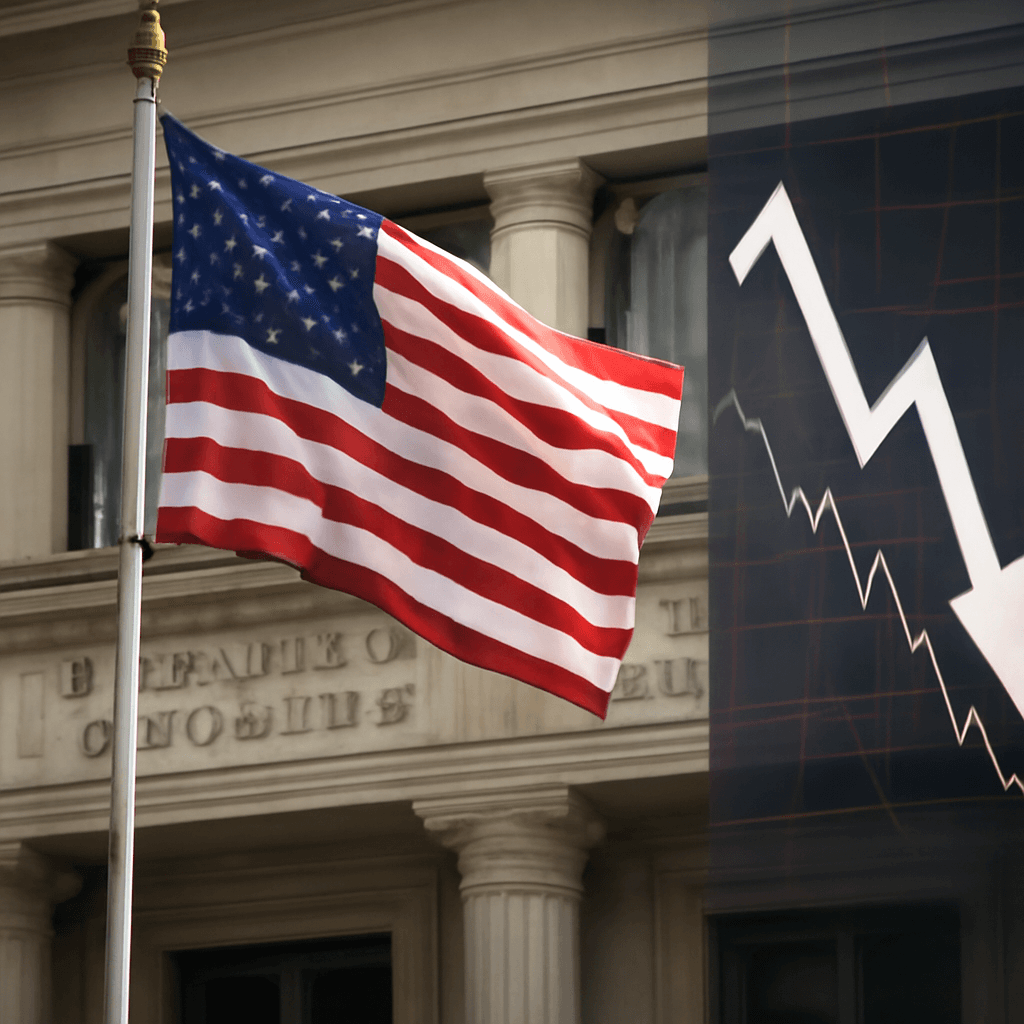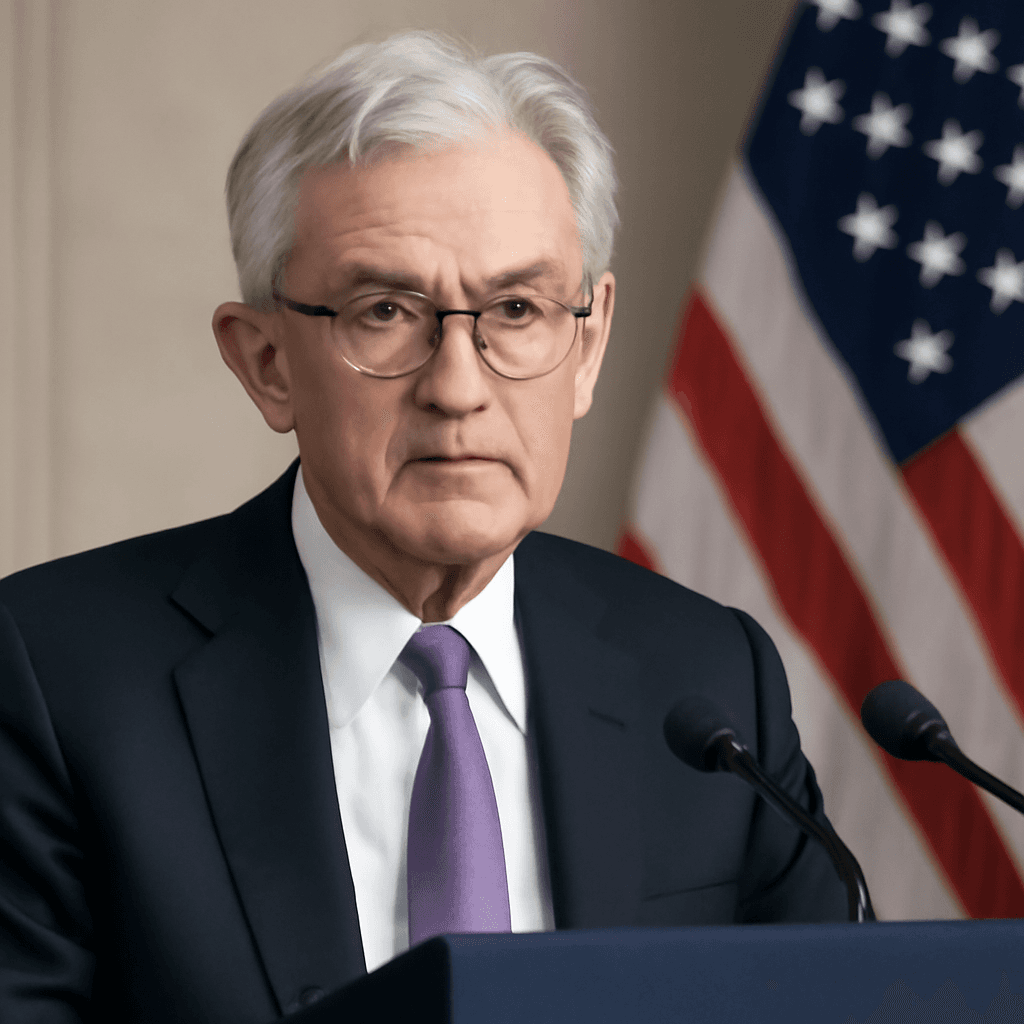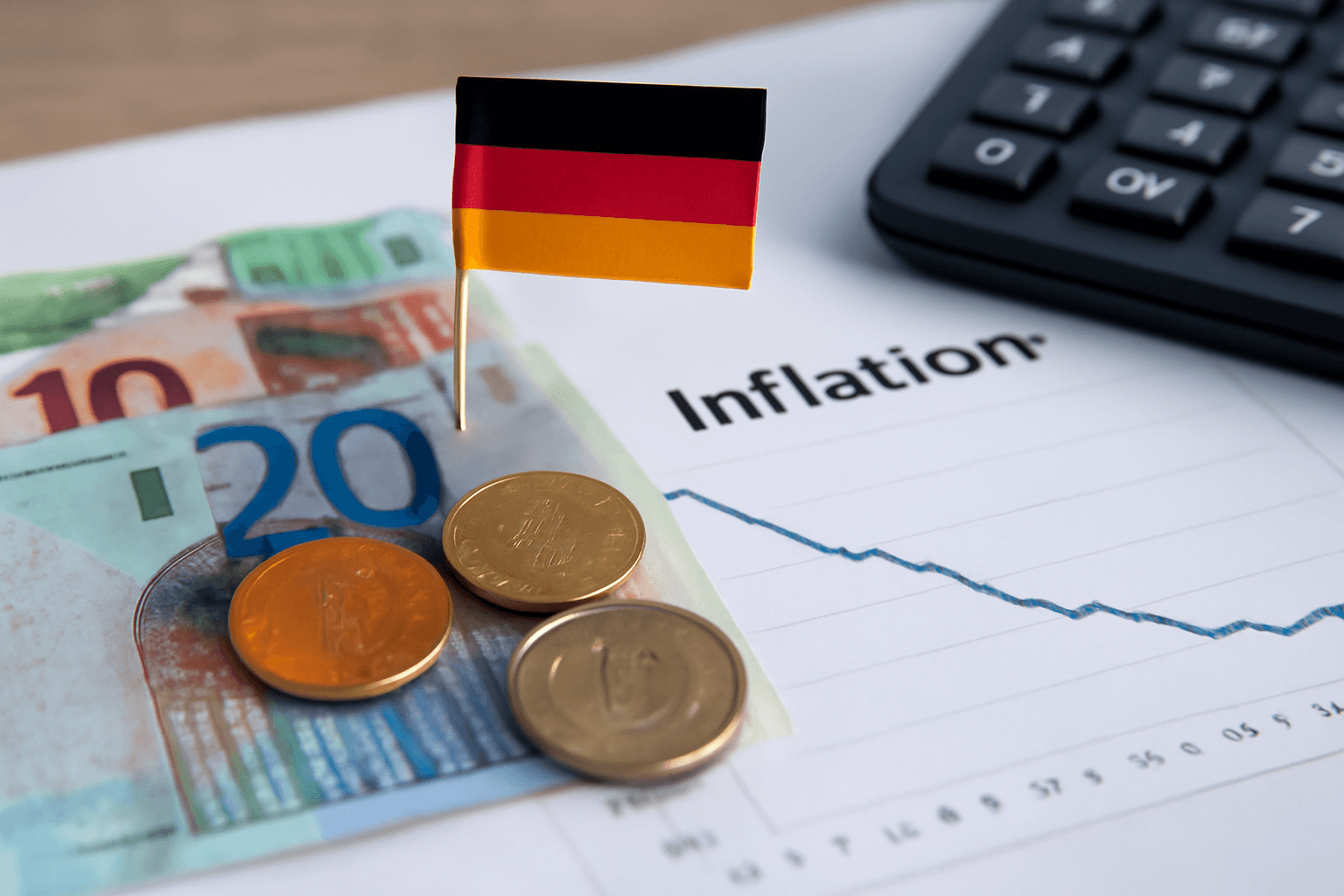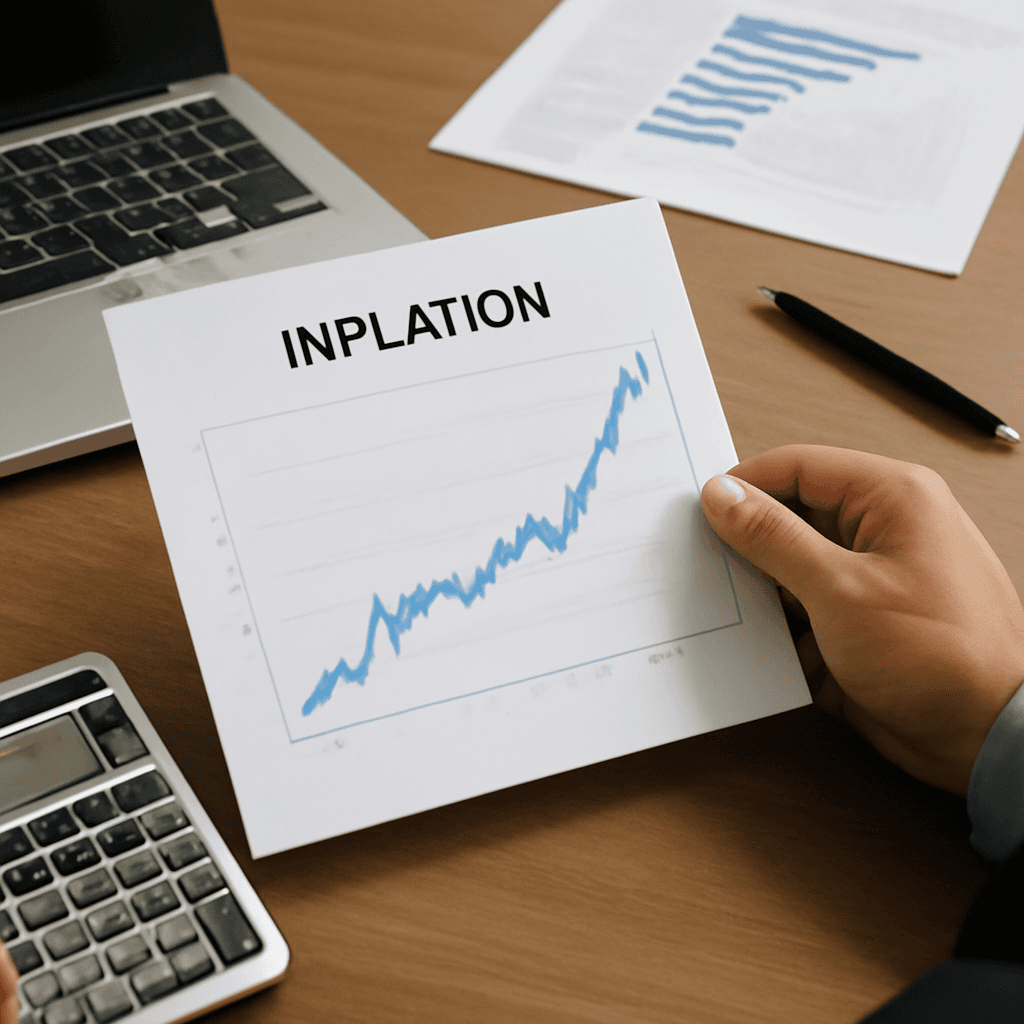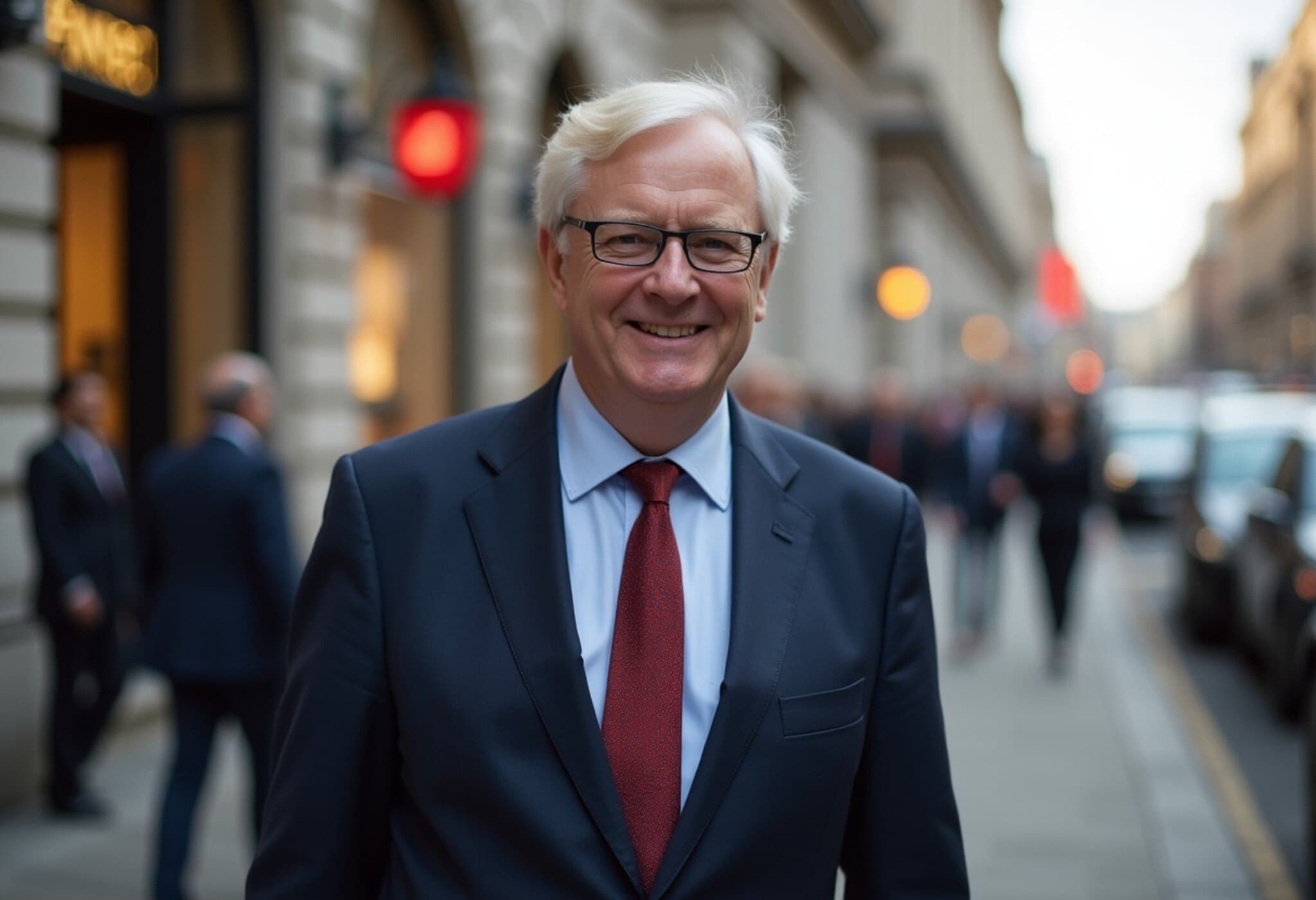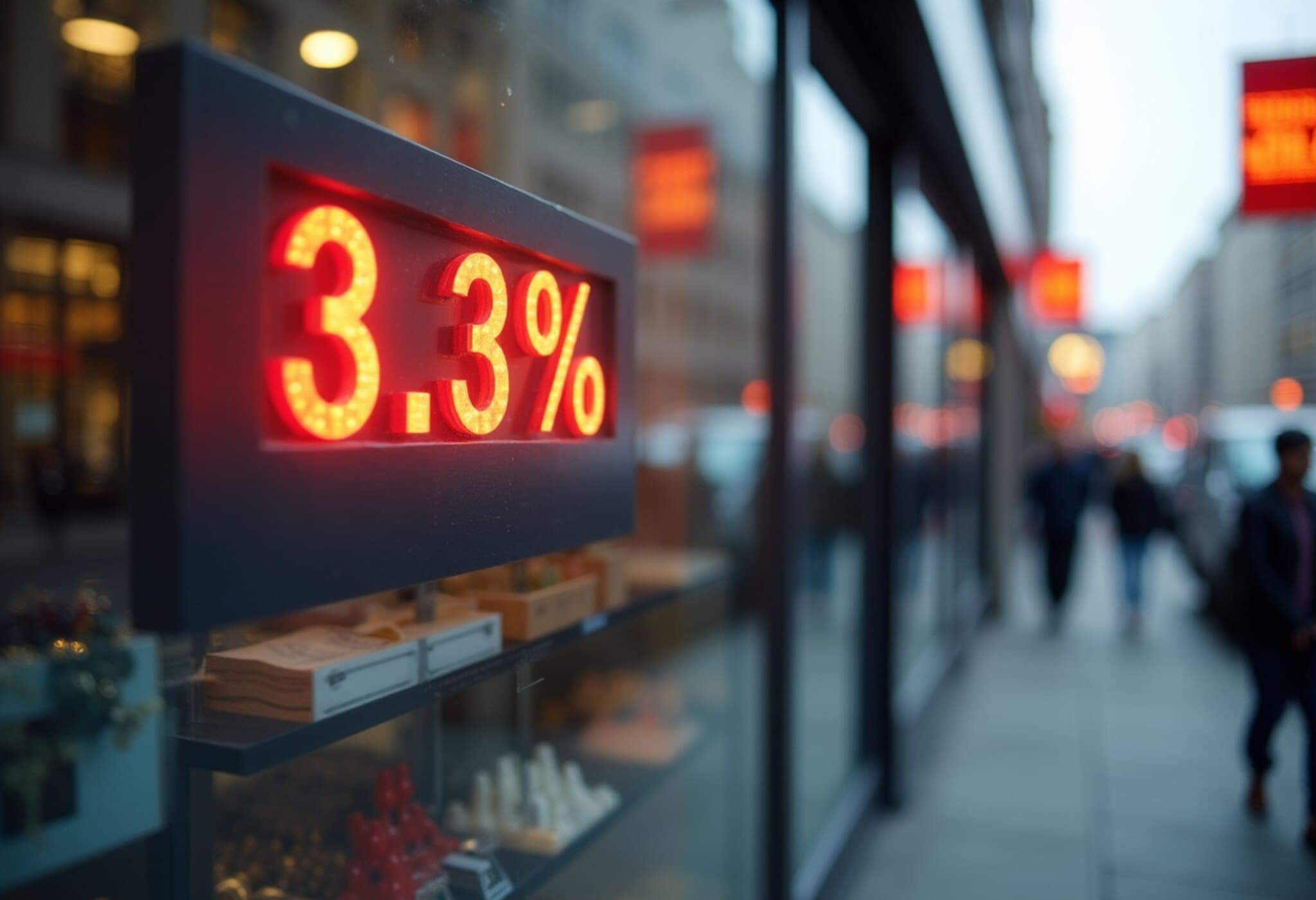UK Inflation Escalates to Highest Level in 19 Months
In a stark reminder of ongoing economic pressures, the United Kingdom's inflation rate climbed to 3.8% in July 2025, marking the highest jump in consumer prices since January 2024. Official figures released by the Office for National Statistics (ONS) revealed a sharper-than-expected spike that intensifies the financial strain on British households already grappling with cost-of-living challenges.
Breaking Down the Inflation Drivers
The surge was primarily driven by soaring prices in key sectors, notably transport and food, which are staples in everyday budgets. Transport costs surged by 3.2% in July, nearly doubling June’s increase. This included a startling 30% rise in airfares, mainly fueled by the summer school holiday travel rush. Petrol, diesel prices, sea fares, and even roadside recovery services also contributed significantly.
Meanwhile, food inflation edged upwards to 4.9% from 4.5%, with essential items such as fresh juice and chocolate becoming noticeably more expensive. The hospitality industry experienced price hikes, particularly in overnight hotel accommodations and dining out, reflecting broad service sector inflation.
Conversely, the housing and household services category witnessed a modest easing, with inflation dipping to 6.2% from 6.7%, influenced by softer housing costs and a decline in rents.
Government Response and Economic Implications
Chancellor Rachel Reeves acknowledged the gravity of these figures, asserting that while the government has implemented measures to stabilize public finances, more must be done to alleviate the cost-of-living pressures. Prime Minister Keir Starmer’s administration faces mounting public concern as households continue to feel pinched in daily expenses.
Grant Fitzner, ONS’s chief economist, emphasized that the current inflation levels reflect tangible stress on families, particularly within travel and food sectors. Though projections suggest inflation may decelerate later in the year, he underlined the pressing need for targeted policies to ease the economic burden on vulnerable populations.
Balancing Act: Monetary Policy and Economic Reality
The persistent inflation above the Bank of England’s 2% target poses a delicate dilemma for policymakers. On one hand, they must avoid stifling economic growth; on the other, contain inflation to safeguard household purchasing power. The challenge intensifies as market analysts forecast inflation lingering around 3.9% by year-end, potentially prolonging economic hardship for many families.
What This Means for British Households
- Transport costs remain a top concern, with fuel and fares pressuring monthly budgets.
- Food prices continue to rise, especially for commonly consumed items, intensifying the strain on low- and middle-income households.
- While housing-related inflation has slightly softened, it still remains a significant factor in overall living costs.
- The government’s call for stronger interventions underscores the political and social urgency around economic relief.
As the UK navigates these challenges, the interplay between fiscal policy, monetary strategy, and social welfare measures will be crucial in charting a path toward stabilizing the economy and protecting citizens from escalating expenses.
Editor’s Note
The July inflation surge is more than just a number; it represents the lived realities of millions of British families feeling the pinch in their day-to-day lives. Beyond headline figures, this inflation spike prompts critical questions: How effectively can the current government policies manage price pressures while fostering economic growth? What targeted measures will best shield vulnerable groups? And importantly, amid global uncertainties, how resilient is the UK economy in balancing inflation control with social wellbeing? Readers should watch upcoming fiscal announcements and monetary policy moves closely, as their impacts will resonate deeply across British society in the months ahead.


